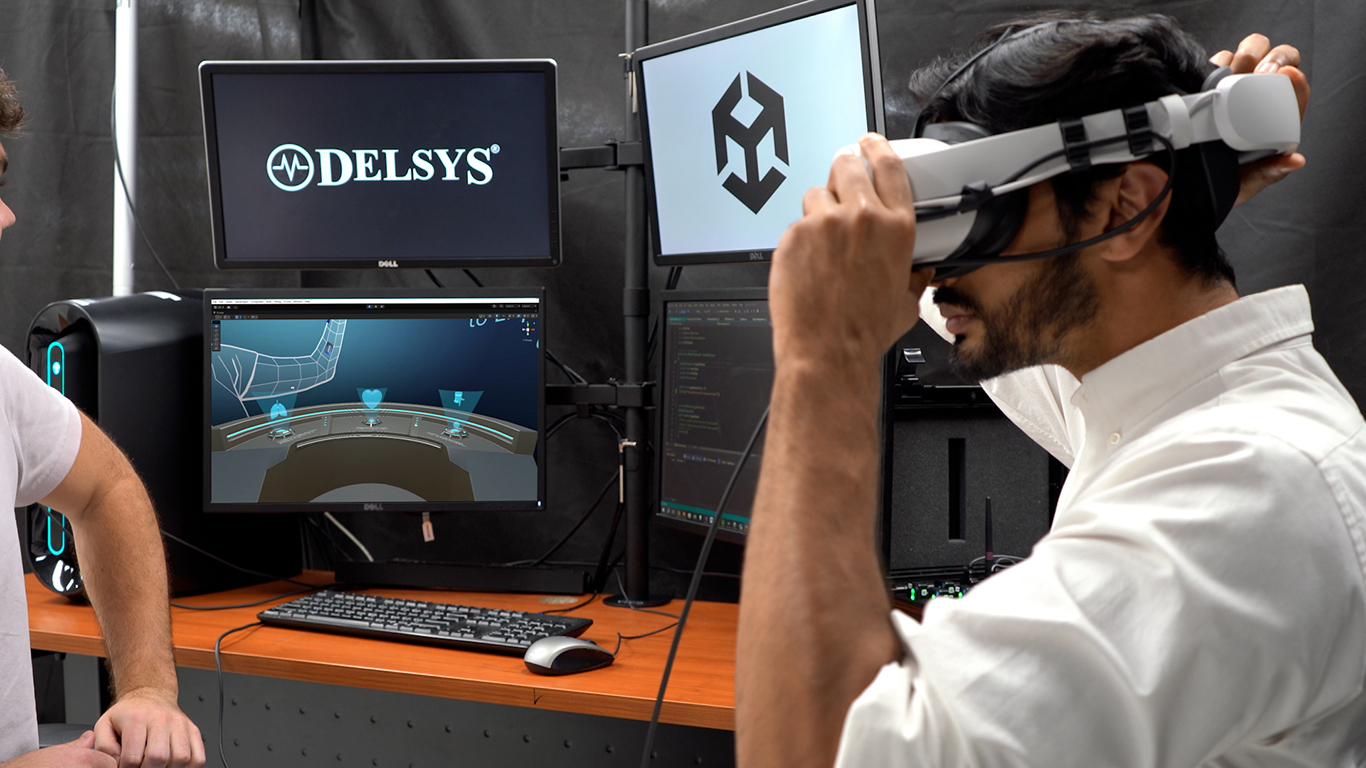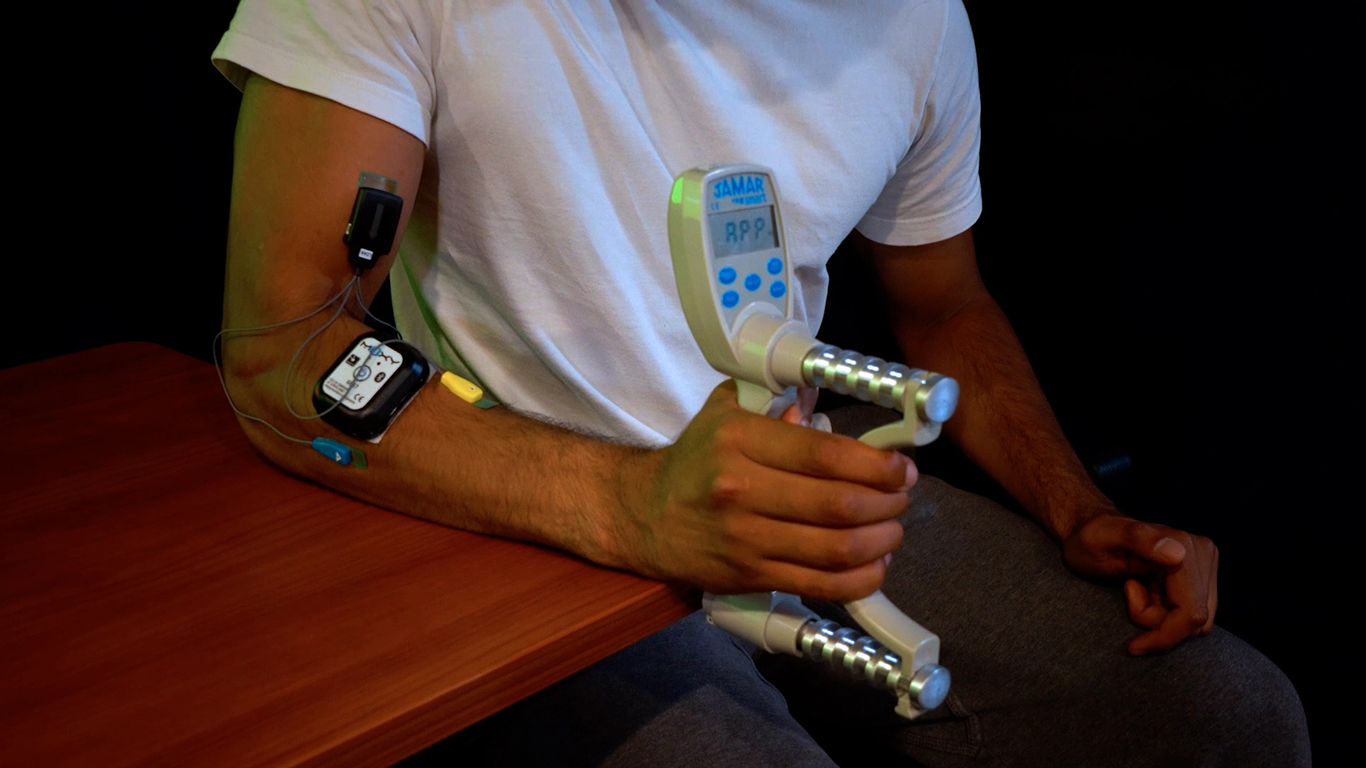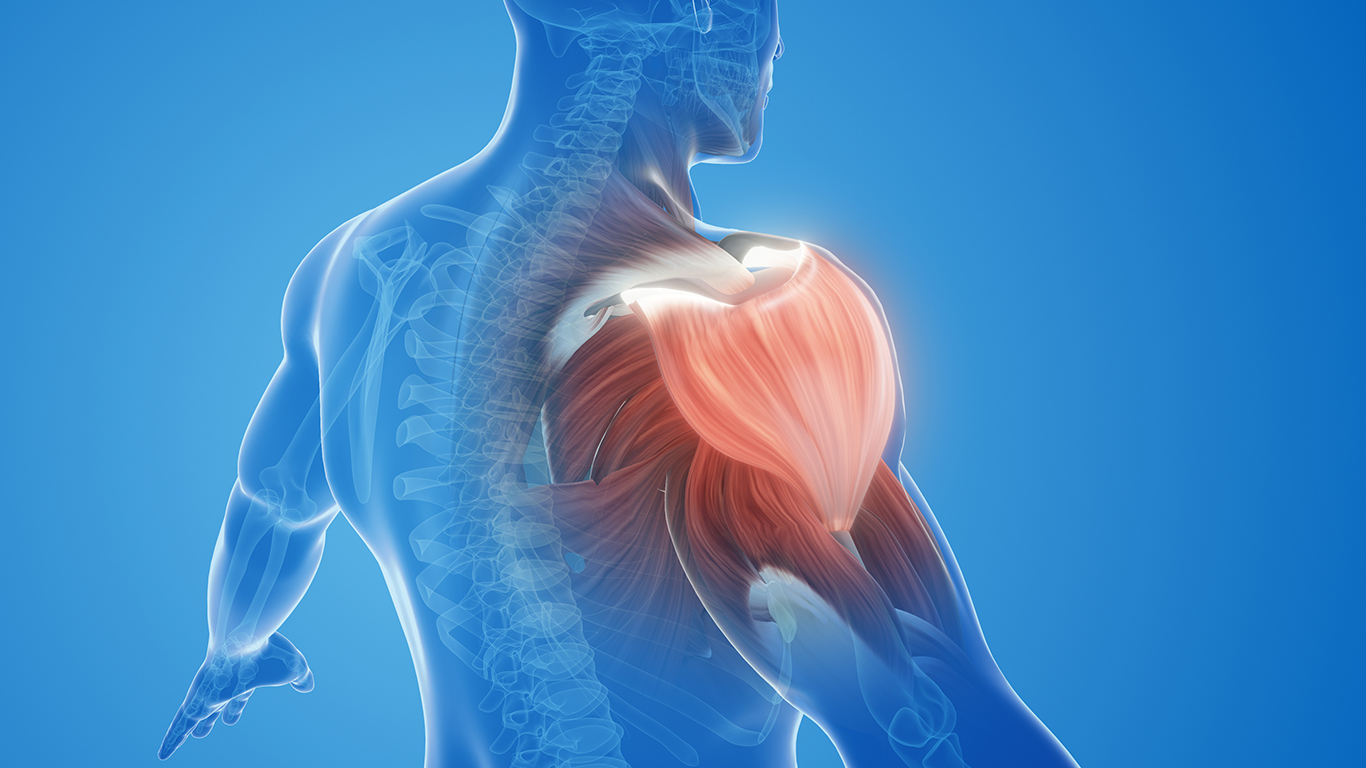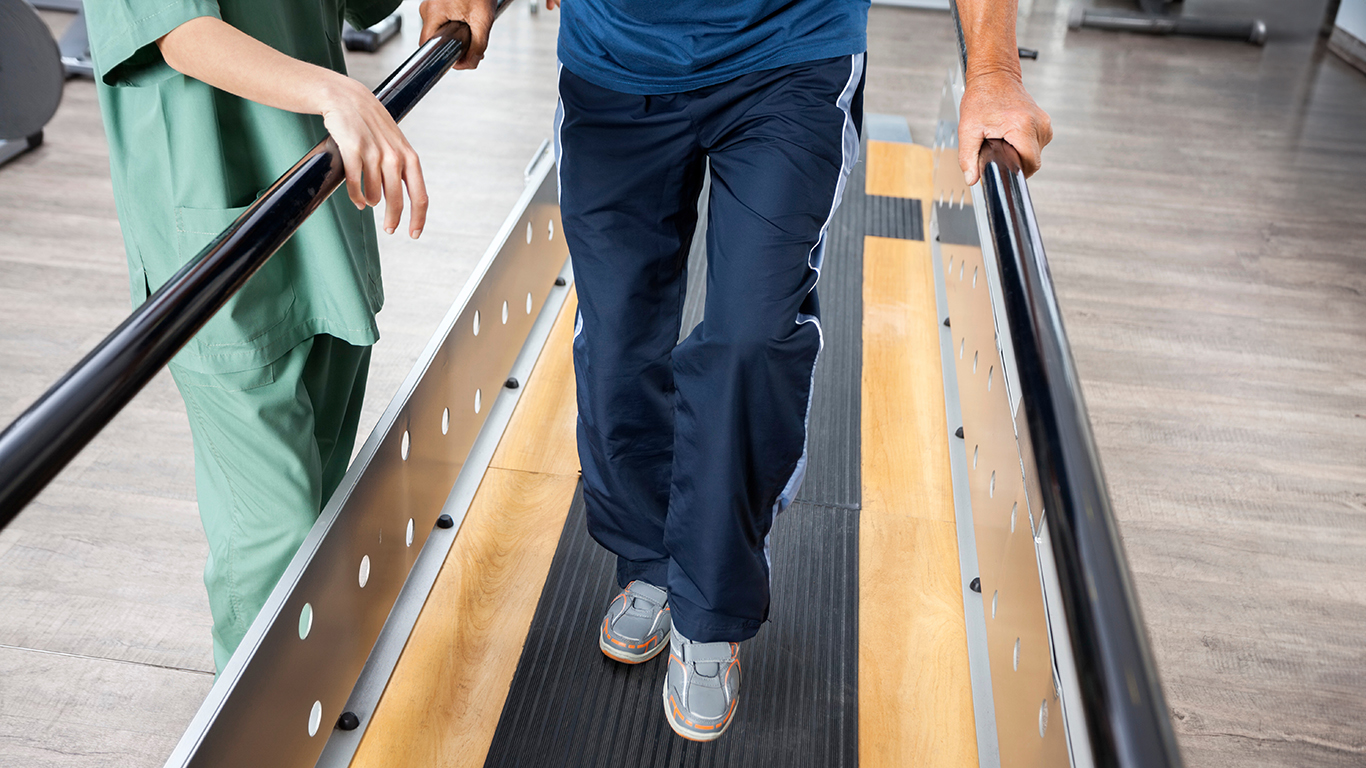Laparoscopy is a minimally invasive surgery (MIS) that (when compared to open surgery) is far less painful for the patient, results in quicker recovery time, and reduces the risk of postoperative hernias and infections. However, laparoscopic procedures often cause ergonomic discomfort and increased fatigue of the upper extremities in surgeons. The advancement of surgical training systems and surgical tools can increase surgeon comfort and efficiency resulting in increased patient safety. Muscle effort and fatigue measurements identify which tools and training methods are most advantageous for surgeons.
A recent study at the University of Cantabria1 evaluated the ergonomics of a pistol grip handle laparoscopic tool. The subjects were required to complete three tasks using the pistol grip handle as well as a traditional ring grip handle. Researchers recorded surface electromyographic (EMG) signals from four upper extremity muscles and revealed that hyperflexion of the wrist was significantly reduced in the pistol grip. This reduced the surgeons’ ergonomic discomfort and made it easier for them to complete the required tasks.
keywords: minimally invasive surgery, laparoscopy, ergonomics, muscle fatigue, surgical training, electromyography

Dr. Ka-Chun (Joseph) Siu has extensively researched muscle activity during surgical training. He has collected EMG signals to identify which muscles undergo the largest increase in activity when performing fundamental surgical tasks and examined muscle activity while performing virtual training2. He has shown there are changes in EMG while using a surgical robot based upon an individual’s experience with a virtual trainer3.
Dr. Siu and his team studied4 muscle effort and fatigue during virtual and actual laparoscopic surgical training to determine if the virtual trainer could provide physiological value. A Delsys Myomonitor® Semi-Wireless EMG System acquired EMG signals from the extensor digitorum, flexor carpi radialis, anterior deltoid, and upper trapezius while three laparoscopic surgical tasks were performed. EMG signals were recorded using EMGworks® software.
The average percentage of maximum voluntary contraction (%MVC) was used to identify the amount of muscle effort a user exerted. Median frequency (MF) of the EMG signals were calculated to analyze fatigue; a decrease in MF signified an increase in fatigue. Dr. Siu’s group showed that the way the trainees’ muscles fatigued while using the virtual trainers was similar to the way their muscles fatigued during traditional training techniques (e.g. Fig. 1).
A second study5 by Dr. Siu and his team measured muscle effort and fatigue while using a multi-degree of freedom (DoF) joystick for surgical training. The results were compared with two traditional training tools; a commercial manipulator and training box. A Delsys Trigno™ Wireless EMG System was used to record EMG signals from the upper extremities. %MVC and MF were calculated to identify muscle effort and fatigue. Using this data, Dr. Siu’s group concluded that training using the multi-DoF joystick produces muscle effort and fatigue similar to traditional training methods.
EMG data identifies whether certain training methods and tools can provide physiological value to laparoscopic surgical training. Dr. Siu concludes that virtual trainers provide similar muscle fatigue to that of actual training and that a multi-DoF joystick can provide a training environment that produces similar muscle effort and fatigue when compared to traditional methods.
Dr. Ka-Chun (Joseph) Siu is an Assistant Professor of Physical Therapy Education, the director of clinical movement analysis laboratory, and a member of the Center for Advanced Surgical Technology at University of Nebraska Medical Center. His research interests focus on human motor control and learning, especially in human motion analysis and EMG analysis.
Delsys EMG Systems feature wired and wireless surface EMG sensors designed to produce a consistent EMG signal with low muscle crosstalk and reduced motion artifact. The wireless sensors allow the subjects to move freely and without any unnecessary energy during surgical training.
The EMGworks® software provides tools to not only acquire but also analyze EMG signals. Important EMG features such as %MVC or MF can be computed in EMGworks® using either specific workflow templates or post-processing functions, and used to measure quantities like muscle effort or fatigue, respectively.
Performed in training box and virtual trainer:
Maximum voluntary contraction percentage
Median frequency of EMG signals
Myomonitor® Semi-Wireless EMG System
Trigno™ Wireless EMG System





